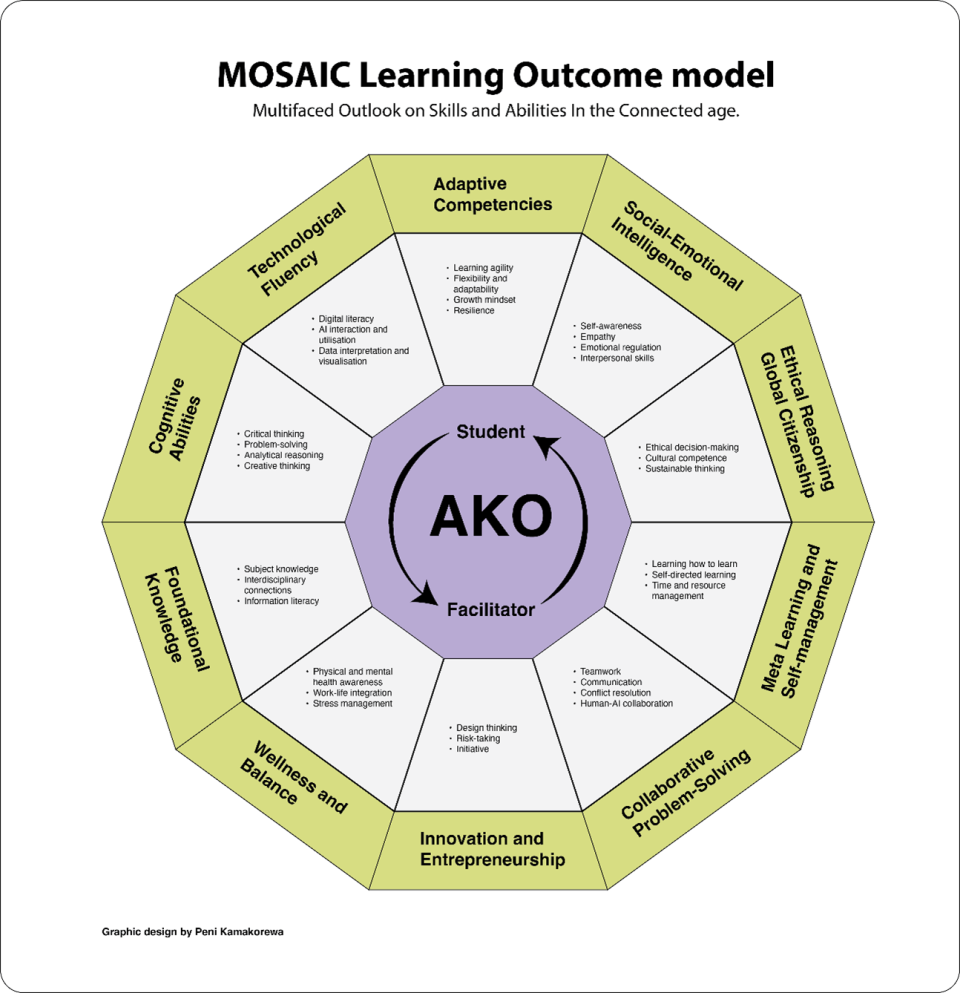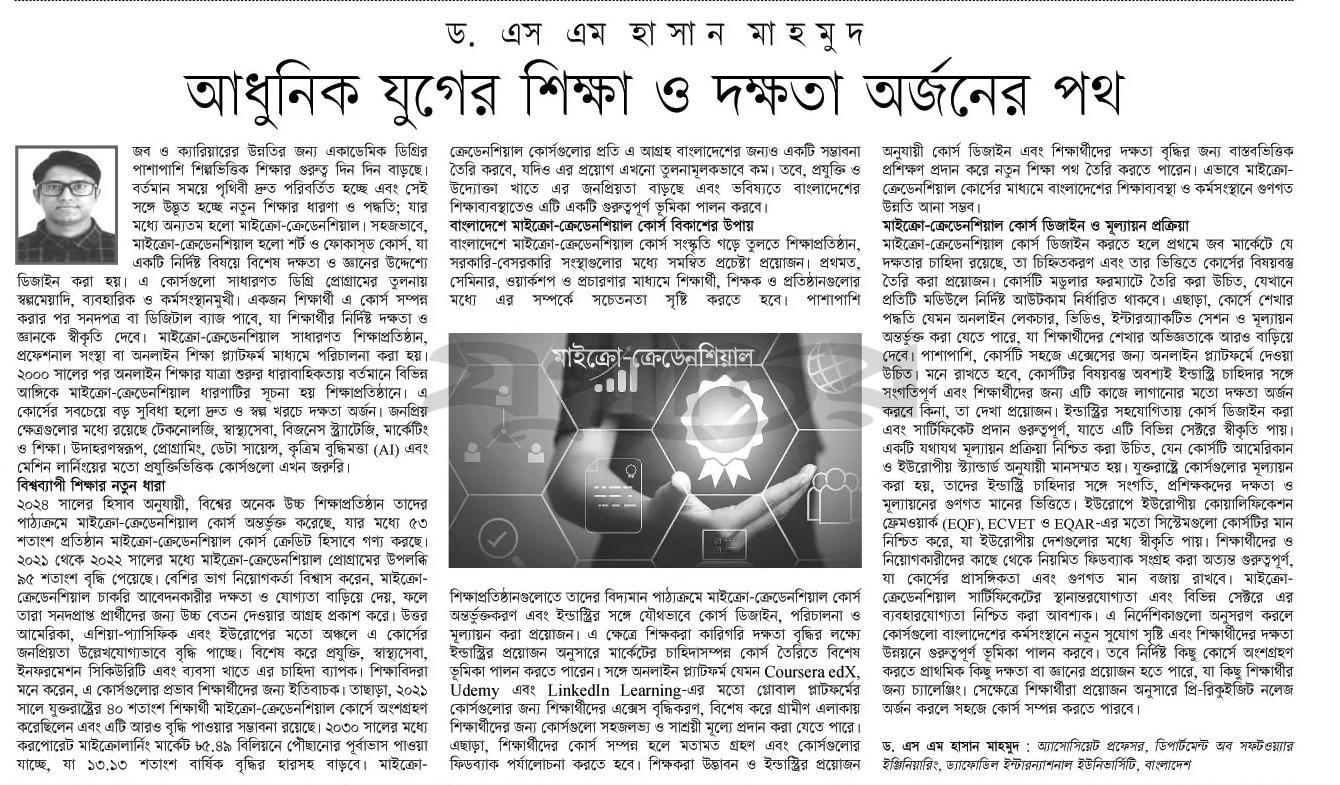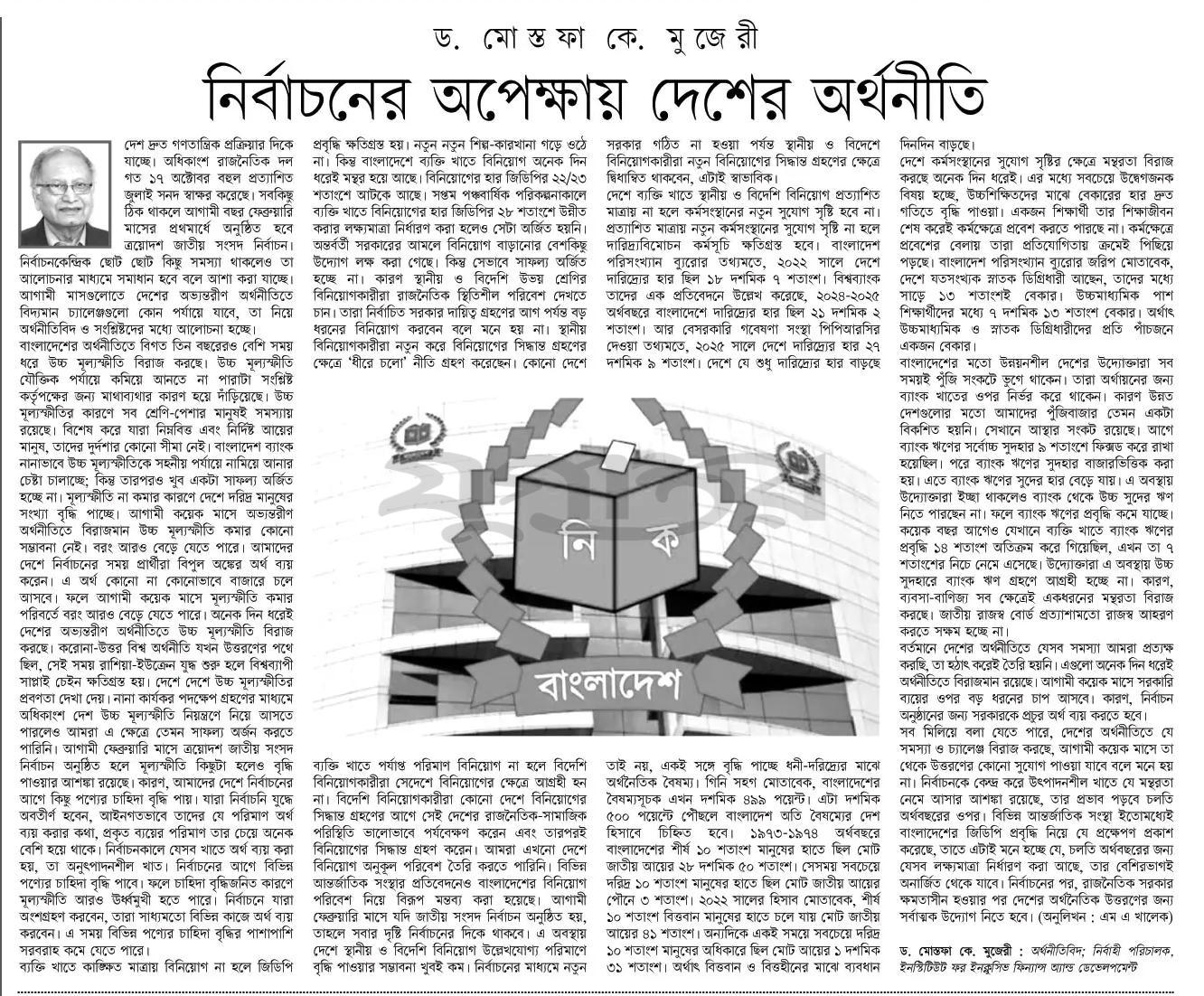1
Primary Health Care / জাপানিদের দীর্ঘায়ুর রহস্য: কেন তারা খাওয়ার সময় পেটের ২০ শতাংশ খালি রাখে
« Last post by Imrul Hasan Tusher on November 20, 2025, 01:27:24 PM »জাপানিদের দীর্ঘায়ুর রহস্য: কেন তারা খাওয়ার সময় পেটের ২০ শতাংশ খালি রাখে
দীর্ঘদিন সুস্থ শরীরে বেঁচে থাকার জন্য আমরা কঠিন কঠিন সব ডায়েট মেনে চলি। কিন্তু জাপানিরা মেনে চলে ‘হারা হাচি বু’ নামে খুব সহজ এক নিয়ম। সহজ কথায়, নিয়মটা হলো ভরপেট না খাওয়া। জাপানিরা খাওয়ার সময় পেটের ২০ শতাংশ খালি রাখে। কিন্তু এই সাধারণ অভ্যাস কি ওজন কমাতে ও সুস্থ থাকতে সত্যিই কার্যকর?

দীর্ঘদিন সুস্থ শরীরে বেঁচে থাকার জন্য আমরা কঠিন কঠিন সব ডায়েট মেনে চলি, কিন্তু জাপানিরা মেনে চলে ‘হারা হাচি বু’ নামে খুব সহজ এক নিয়মছবি: রিজেন
আমরা প্রতিনিয়ত ডায়েট, শরীরচর্চা ও নতুন নতুন স্বাস্থ্যকর কৌশলের খোঁজ করি। কারণ, দীর্ঘদিন সুস্থভাবে বেঁচে থাকার আকাঙ্ক্ষা সবার। অথচ দীর্ঘজীবী হওয়ার রহস্য লুকিয়ে আছে খুব সহজ ও প্রাচীন এক অভ্যাসে, যা জাপানের শতবর্ষী মানুষেরা মেনে চলেন।
এই অভ্যাসে কোনো কঠোর রুটিন নেই। আছে শুধু একটি সাধারণ নিয়ম। ভরপেট খাওয়া যাবে না। বরং খাওয়ার সময় পেটকে কেবল ৮০ শতাংশ ভর্তি হওয়া পর্যন্ত খাবার দিতে হবে, ফাঁকা রাখতে হবে ২০ শতাংশ জায়গা।
শুনতে কেমন লাগছে, তাই না? হয়তো মনে হচ্ছে, সামান্য ২০ শতাংশ খাবার কম খেলে কী আর হবে? তবে বিশ্বের সবচেয়ে সুস্থ ও দীর্ঘজীবী জাপানিরা এই নিয়মই মেনে চলেন। তাঁদের জীবনযাপনের এই বিশেষ পদ্ধতিকে বলা হয় ‘হারা হাচি বু’।
হারা হাচি বু কী
হারা হাচি বু জাপানের কনফুসীয় শিক্ষা থেকে আসা এক অভ্যাস, যার মূল কথা পরিমিত বা অল্প খাওয়া। অর্থাৎ পেট কেবল ৮০ ভাগ ভর্তি হওয়া পর্যন্ত খাওয়া এবং বাকি ২০ ভাগ অংশ ফাঁকা রাখা। মনে করা হয়, এই ধারণা জাপানে প্রায় তিন শ বছর ধরে প্রচলিত।
এখনকার ডায়েটের নিয়মগুলো বেশির ভাগই ক্যালরি কমিয়ে খাদ্যতালিকা তৈরির ওপর জোর দেয়। তবে হারা হাচি বুর মতো সহজ নিয়ম আমাদের সচেতনভাবে ও পরিমিত পরিমাণ খাওয়ার কথা বলে।

হারা হাচি বু জাপানের কনফুসীয় শিক্ষা থেকে আসা এক অভ্যাস, যার মূল কথা পরিমিত বা অল্প খাওয়াছবি: ফিডিঙ্ক
এই নিয়ম মানলে সুবিধা হলো, এতে কোনো খাবার বাদ দিতে হয় না। ফলে সুষম ও পুষ্টিকর খাবারের চাহিদা পূরণ হয়। যেহেতু অতিরিক্ত খাওয়া ওজন বাড়ার প্রধান কারণ।
তাই হারা হাচি বু সব দিক ঠিক রেখে শুধু ২০ ভাগ কম খাওয়ার মাধ্যমে ওজন কমাতে কাজ করে। এর ফলে শরীর প্রয়োজনীয় পুষ্টি পায়, আবার অতিরিক্ত খাওয়াও সহজে এড়ানো যায়।
মূলত এই অভ্যাস মানলে প্রতিদিনের মোট ক্যালরি গ্রহণ কমে আসে। ফলে এটি দীর্ঘ মেয়াদে বাড়তি ওজন কমাতে ও গড় বডি মাস ইনডেক্স (বিএমআই) কম রাখতে সাহায্য করে।
হারা হাচি বুর সুবিধা কী কী
ওজন কমানো ছাড়াও এই নিয়ম মানলে শরীরে আরও অনেক ইতিবাচক পরিবর্তন আসে।
১. দীর্ঘজীবী হতে সাহায্য করে
হারা হাচি বু অভ্যাসের সঙ্গে দীর্ঘজীবী হওয়ার সরাসরি সম্পর্ক আছে। ২০১৬ সালের ‘আমেরিকান জার্নাল অব লাইফস্টাইল মেডিসিনে’ প্রকাশিত এক গবেষণায় এ তথ্য জানা যায়। জাপানের ওকিনাওয়াবাসীরা শতবর্ষী হিসেবে বিখ্যাত।
তাঁরা এই অভ্যাসকেই তাঁদের দীর্ঘজীবনের রহস্য মনে করেন। ডায়েটিশিয়ানদের মতে, অতিরিক্ত খাওয়া এড়িয়ে চলার কারণে কোষের স্বাস্থ্য ভালো থাকে এবং বার্ধক্যপ্রক্রিয়া ধীর হয়।
২. ওজন কমাতে সাহায্য করে
হারা হাচি বুর অন্যতম শিক্ষা মনোযোগসহ খাওয়া। ২০১৫ সালে প্রকাশিত গবেষণায় দেখা যায়, এই অভ্যাস খাবারের ক্রেভিং বা তীব্র আকাঙ্ক্ষা কমায় এবং মানসিক চাপের কারণে অতিরিক্ত খেয়ে ফেলার ঝুঁকিও বাড়তে দেয় না।
বিশেষজ্ঞদের মতে, পেট পুরো ভরে যাওয়ার আগেই থেমে গেলে অপ্রয়োজনীয় ওজন বৃদ্ধির ঝুঁকি কমানো সম্ভব।

হারা হাচি বু নিয়ম মেনে চললে অতিরিক্ত না খেয়ে কেবল শরীরের প্রয়োজনীয় খাবার খাওয়া হয়ছবি: পেক্সেলস
৩. হজমশক্তি উন্নত করে
পেট ভরে খেলে পাচনতন্ত্রের ওপর চাপের সৃষ্টি হয়। ফলে পেট ফোলা বা অ্যাসিডিটির সমস্যা দেখা দিতে পারে। হারা হাচি বু পাকস্থলীকে অতিরিক্ত চাপ না দিয়ে খাবার সহজে হজম করতে সাহায্য করে।
বিশেষজ্ঞদের মতে, পরিমিত খাওয়ার ফলে হজমকারী এনজাইম ও অন্ত্রের ব্যাকটেরিয়াগুলো আরও ভালোভাবে কাজ করে। ফলে পুষ্টির শোষণ বাড়ে এবং হজমের সমস্যা অনেক কমে আসে।
৪. দীর্ঘস্থায়ী রোগের ঝুঁকি কমায়
২০২২ সালের জার্নাল অব ইটিং ডিজঅর্ডারসের একটা গবেষণায় দেখা গেছে, প্রক্রিয়াজাত খাবার অতিরিক্ত খেলে হৃদ্রোগ ও ডায়াবেটিসের ঝুঁকি বাড়ে। বিশেষজ্ঞরা মনে করেন, হারা হাচি বু অতিরিক্ত খাবার গ্রহণ বন্ধ করে রক্তে শর্করার মাত্রা নিয়ন্ত্রণে রাখে।
এ ছাড়া এই পরিমিত খাদ্যাভ্যাস শরীরের প্রদাহ কমিয়ে আনতে সাহায্য করে, ফলে হৃদরোগের ঝুঁকিও কার্যকরভাবে কমে আসে।
৫. কাজের ক্ষমতা বৃদ্ধি করে
বেশি খেলে বেশির ভাগ মানুষের ক্ষেত্রে আলসেমি বা ঘুম ঘুম ভাব দেখা দেয়। কারণ, অতিরিক্ত খাবার খেলে তা হজম করতে শরীরকে অনেক শক্তি খরচ করতে হয়। ফলে শরীর ক্লান্ত হয়ে পড়ে।
হারা হাচি বু নিয়ম মেনে চললে অতিরিক্ত না খেয়ে কেবল শরীরের প্রয়োজনীয় খাবার খাওয়া হয়। তাই সারা দিন শক্তির মাত্রা স্থিতিশীল থাকে এবং কাজে ক্লান্তি আসে না।
কীভাবে বুঝবেন যে ৮০ ভাগ পেট ভরেছে
- পেটটা যে পুরোপুরি ভরা, তা ঠিকঠাক বুঝতে আমাদের মস্তিষ্কের লাগে প্রায় ২০ মিনিট। তাই তাড়াহুড়া না করে ভালোভাবে চিবিয়ে ও বিরতি নিয়ে খান।
ছোট থালায় খাবার পরিবেশন করুন। এতে খাবারের পরিমাণ নিয়ন্ত্রণে থাকে এবং কম খেলেও প্লেট ভর্তি লাগার অনুভূতি তৈরি হয়।
যখন সত্যিই ক্ষুধা পাবে, তখনই কেবল খেতে শুরু করুন। মানসিক চাপ বা অভ্যাস থেকে খাবেন না।
খাওয়ার সময় টিভি বা মুঠোফোন দেখবেন না। খাবারের দিকে মনোযোগ দিন এবং খাবার ভালোমতো চিবিয়ে স্বাদ উপভোগ করুন।
পুরোপুরি পেট ভরে যাওয়ার অপেক্ষা না করে যখন মনে হবে যে পেট প্রায় ৮০ শতাংশ ভরে গেছে, তখনই খাওয়া বন্ধ করুন।
প্লেটে আগে যতটুকু খাবার নিতেন, তার চেয়ে ২০ ভাগ কম খাবার নিয়ে শুরু করতে পারেন হারা হাচি বু। কিংবা খাবার আগে কিছুটা পানি খেয়ে শুরু করতে পারেন।

সব দিক থেকে দেখলে হারা হাচি বু খুব সহজ কিন্তু কার্যকর অভ্যাসছবি: পেক্সেলস
হারা হাচি বু অভ্যাসের পার্শ্বপ্রতিক্রিয়া আছে কি
এই অভ্যাস স্বাস্থ্যের জন্য ভালো হলেও মেনে চলার সময় কিছু ছোটখাটো সমস্যা দেখা দিতে পারে। যদি ঠিকমতো নিয়ম না মানা হয়, তাহলে কেউ কেউ খুব কম খেয়ে ফেলতে পারেন এবং শরীরে প্রয়োজনীয় পুষ্টির অভাব দেখা দিতে পারে।
এ ছাড়া যাঁরা পেট ভরে খেতে অভ্যস্ত, তাঁদের কাছে প্রথমে ৮০ ভাগ খেয়ে থামাটা অতৃপ্তিদায়ক লাগতে পারে। তবে নিয়মিত চেষ্টা করলে শরীর এতে অভ্যস্ত হয়ে যায়।
আর ঠিক কতটুকু খেলে পেট ৮০ ভাগ পূর্ণ হবে, তা বুঝতে শুরুতে সমস্যা হলেও নিজের শরীরের প্রতি মনোযোগ দিলে ধীরে ধীরে তা আয়ত্তে আনা সম্ভব।
সব দিক থেকে দেখলে হারা হাচি বু খুব সহজ কিন্তু কার্যকর অভ্যাস। এটি দীর্ঘদিন বাঁচতে ও ওজন কমাতে সাহায্য করে। নিয়মিত চেষ্টা করলে হারা হাচি বু পরিণত হয় আজীবনের স্বাস্থ্যকর অভ্যাসে।
সূত্র: দ্য কনভারসেশন, হেলথ শটস, ক্লিভল্যান্ড ক্লিনিক
Source: https://www.prothomalo.com/lifestyle/health/m02rb2etk9


 Recent Posts
Recent Posts







